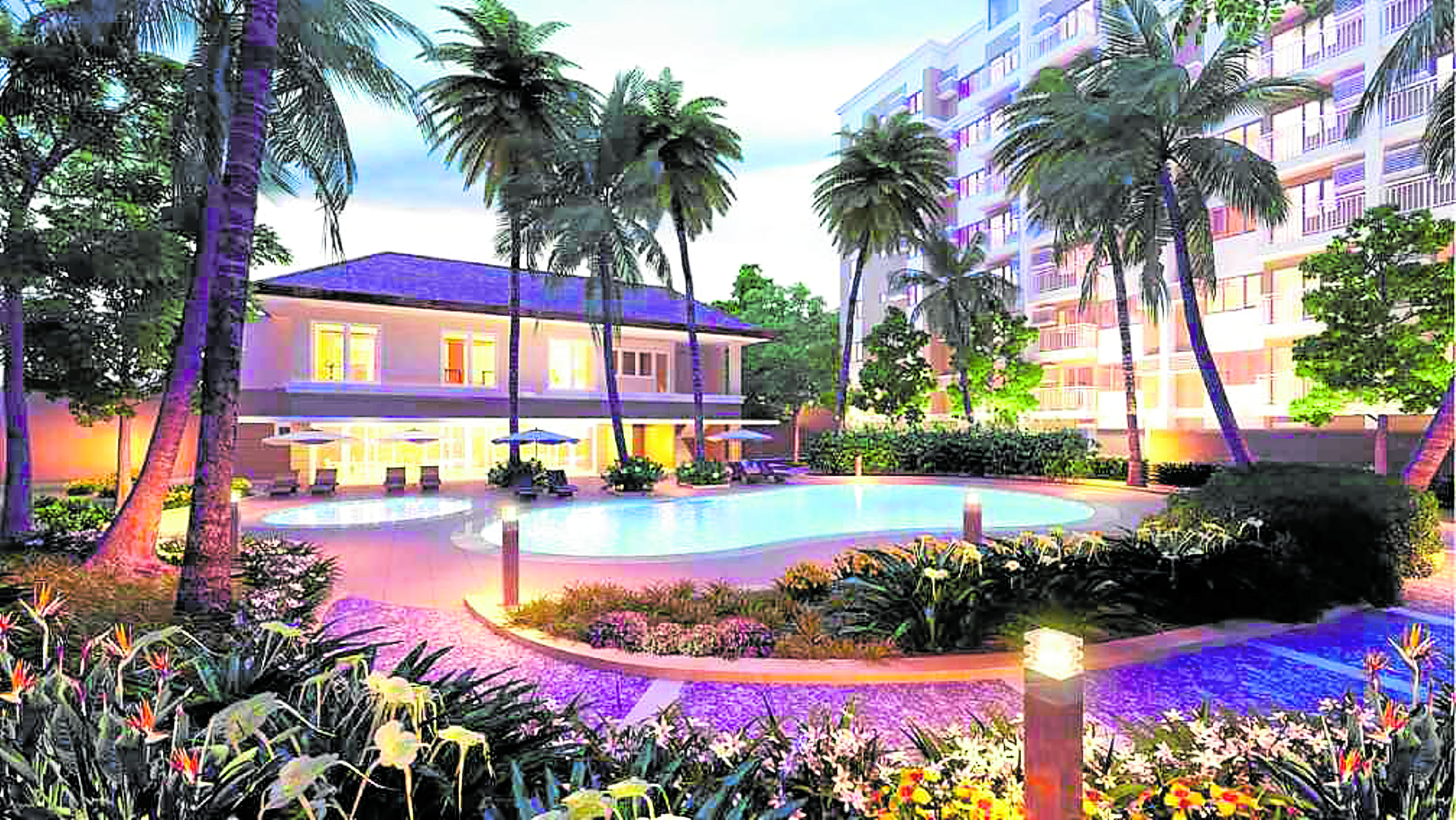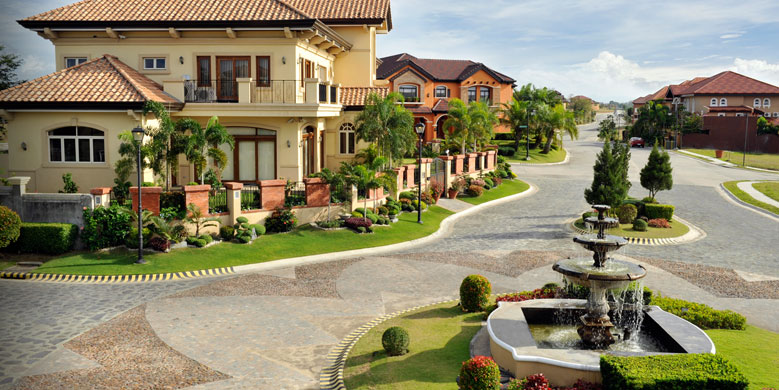(First of two parts)
This might come as a surprise to some, but the Philippine luxury real estate market has been on a steady rise over the past few years, driven primarily by the country’s recovering economy, ‘demographic sweet spot’ and continued attractiveness to foreign investors.
Robust maturity
It has to be noted that the country’s luxury property market is still in its early developmental stages relative to our more matured peer economies. However, it has shown robust maturity over the past few years, with high-end residential projects, commercial properties, and mixed-use developments being launched in major areas of Metro Manila, Metro Cebu, Metro Davao, and top vacation destinations like Baguio and Tagaytay.
The Philippines was, in fact, named as one of the fastest growing luxury property markets in the world, with a year-on-year growth rate of 6.3 percent, according to The Wealth Report 2020 by Knight Frank.
Affinity for luxury
But before anything else, let’s talk about why Filipinos have an affinity to anything and everything luxurious.
Status symbol. Owning a luxury property is a show of wealth and a status symbol in the Philippines. The address alone speaks volumes especially for people in the know. It is a sign of success and achievement.
Infallible investment. Whether as an end-user or as an investor, luxury properties are a good investment vehicle for Filipinos who would not only want a prestigious house to call their home, but also a long-term investment opportunity literally right below their nose. Luxury real estate also tend to command a relatively higher price appreciation over time because the structures are made from high-grade, premium materials; because they are generally well-kept; because of the neighborhood; and because of the signature that goes with the address.

Many Filipinos invest in luxury real estate as a way to enjoy a sophisticated lifestyle. (INQUIRER FILE PHOTO)
Personal enjoyment. Many Filipinos invest in luxury real estate as a way to enjoy a luxurious lifestyle as these properties often come with high-end amenities and features such as swimming pools, gyms, spas, a spacious car port (a big garage), which has now evolved to technology-laced features and gadgets in the era of smart homes.
Growth drivers
Despite being a niche market, it would be fairly easy to identify the factors that could drive the growth of the luxury property market in the Philippines.
Strong economic growth and recovery. Amid inflation and the high interest rate environment, there is a noted increase in income, household savings, and consumer spending. As high net worth individuals (HNWIs) and ultra high net worth individuals (UHNWIs) continue to accumulate wealth, it was also noted that they are no longer looking for house-and-lot or condominium units to flip—they are looking for exclusive properties that offer comfort, security and, most importantly, luxury.
Demographic sweet spot. Another factor driving the growth of the luxury property market in the Philippines is the country’s favorable demographics. This is what most economists refer to as the ‘demographic sweet spot’. Simply put, with the Philippine population going over the 100-million mark, it has been noted that there is a big, growing and young middle class increasingly interested in luxury properties.
Owning a luxury property is a show of wealth and a status symbol in the Philippines. (INQUIRER FILE PHOTO)
According to the Wealth Report 2020 by Knight Frank, the number of HNWIs in the Philippines is expected to increase by 44 percent over the next five years, further fueling the growth of the luxury property market.
Foreign investors. Our country’s continued attractiveness to foreign investors also play a huge role in the expansion of the Philippine luxury property market. The country’s economic growth, the demographic sweet spot, and our very famous strategic location make us an attractive destination not just for short-term tourists, but also for long-term retirees and foreign investors looking to further diversify their portfolios outside their mother country.
Chinese investors, in particular, have been active in the Philippine luxury property market, with Chinese nationals accounting for a significant portion of foreign buyers.
(To be continued)
The author, CIS, CSR, CTP, CUSP and CFMP, has 18 years of experience as an an entrepreneur, real estate investor, stock broker, financial literacy advocate and a public speaker. He heads the Business Development, Market Education and OFW Departments of First Metro Securities Brokerage Corp. and sits on Metrobank’s Financial Education Editorial Advisory Board


